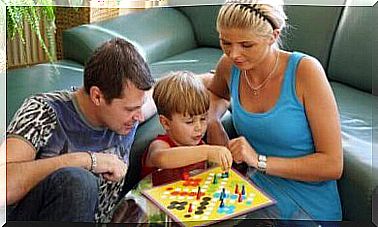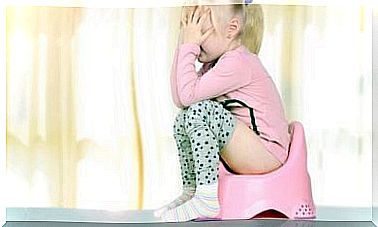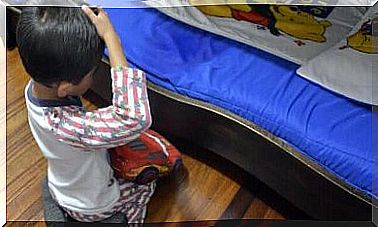4 Activities For Children With Dyslexia
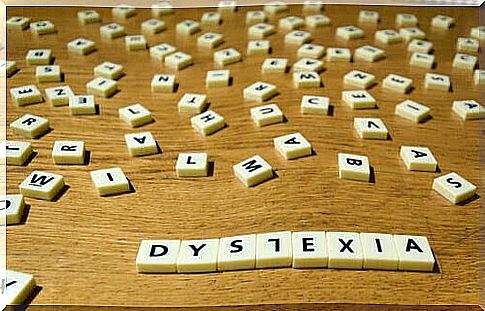
With the right measures, children can usually overcome dyslexia almost completely over time. Here are some activities for children with dyslexia.
Dyslexia is a disability that affects the ability to read and write. Experts usually diagnose it when children are around 5 or 6 years old. It mainly affects children’s ability to read, although it can also cause problems with other skills.
There is no cure for dyslexia, which can affect children’s abilities and how they perform in school. But it is not impossible to overcome, at least in part. Symptoms can be minimized by doing a series of intense exercises over a long period of time.
The condition has a neurological origin. Dyslexia usually manifests itself during reading because it causes one to confuse letters. Nor can you decode their sounds, memorize them, or associate them with words.
However, as this makes it more difficult to interpret symbols, dyslexia can often be reminded in other areas, e.g. mathematics, which requires that you can interpret numbers and signs.
How does dyslexia affect children?
The most obvious consequence is difficulties in school. In general, children with dyslexia usually do not meet the standards for children of their own age in school.
However, teachers can adapt the teaching to what they have difficulty with. In addition, many children overcome their problems with specific activities and exercises they can do in the classroom.
However, it can also create problems in children’s social lives as it can cause them to lose self-confidence. This inhibits them and complicates their relationship with classmates, friends and teachers.
Although dyslexia is a disorder, it has nothing to do with a child’s intelligence and cognitive ability. Still, it can really affect your self-confidence. Children with dyslexia may feel inferior to their classmates.

It is important that parents do not let their child give up activities or feel depressed because of their condition. Over time, children can overcome it and live their lives without limiting them.
4 activities for children with dyslexia
Here is a list of simple activities for children with dyslexia to help them make progress in their development:
1. Phonological awareness
This is one of the best activities for children with dyslexia. It consists of trying to develop the ability to manipulate the sound of language mentally.
It is a series of tasks where you do not deal with the written part. The child focuses only on the phoneme. For example, you try to determine if there are certain syllables in a word, separate syllables or replace a sound with another.
Search for letters or written words
You can use magazines or books for this activity. Ask your child to find and name a certain letter or word that often appears. It helps your child to separate them and memorize them.
In addition, you can mix the activity with other exercises. For example, the child can pronounce the sound that the letter stands for or make it a competition. It is good to let the child “win” so that his or her self-confidence grows while he or she learns.
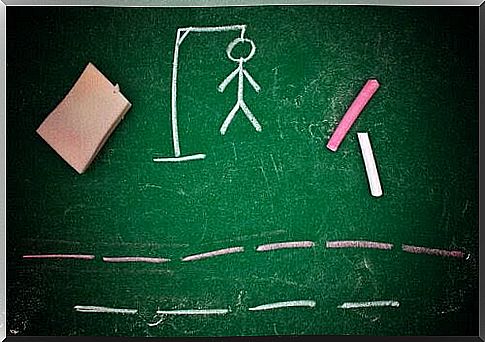
3. Word games
You can do these in several different ways. First, you can write two similar words that only differ by one letter. For example: sand – hand. Then ask your child to find the difference both in writing and orally.
Another way to do this is to ask your child to replace a letter. In this way, your child learns, even if the word he or she formed was incorrect, to better distinguish how different sounds and words are formed.
4. Board games or crossword puzzles
Classic crossword puzzles, the alphabet or the well-known game “hang old man” can be really useful to help your child improve his ability to identify phonemes.
Educational games and activities are actually good especially for children with dyslexia. By playing out the language skills, they may even forget that they are doing a “task”.
Do not forget to do a professional investigation
Yes, these games and activities can be very beneficial for children with dyslexia, but the best treatment is the one that comes from a trained specialist.
In addition to doing exercises at home, you should also treat dyslexia in the classroom. Teachers can ask the special educators in the school for specific instructions. An interdisciplinary approach is always a good idea.
If you follow these steps, you will no doubt see good results for your child.


